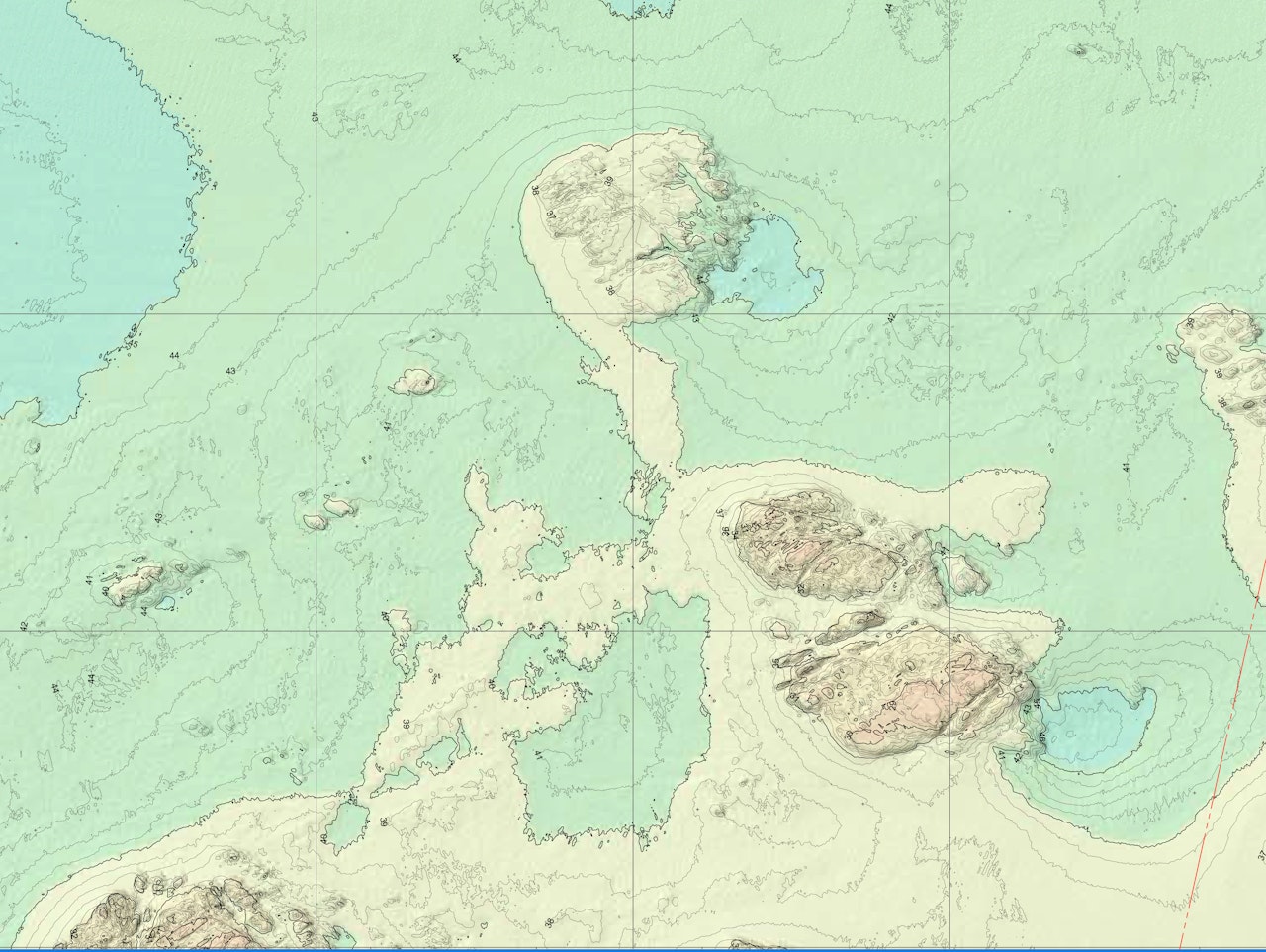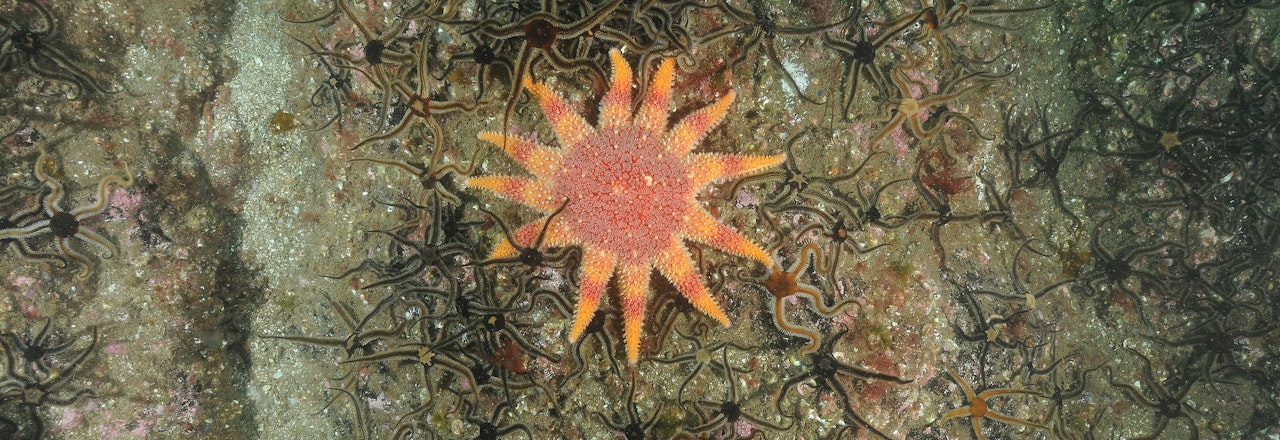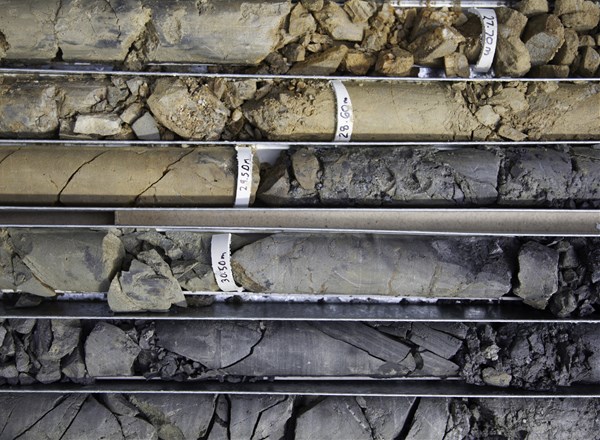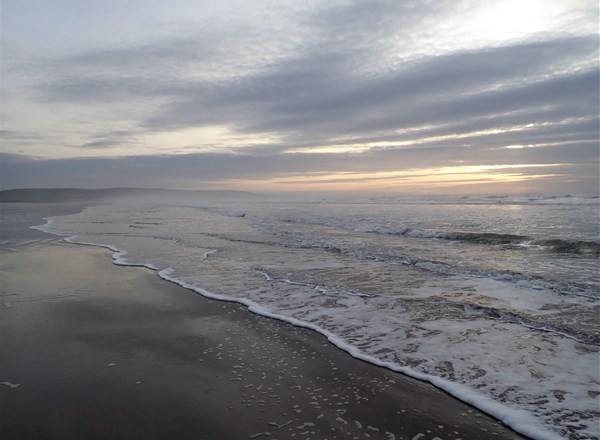
MDE User Case Study: Flotation Energy
To celebrate the use of marine industry data, we have created “MDE User Case Studies”
In this series of articles, we will be showcasing the different ways that data hosted on the MDE is helping to shape the future of our seas. From academics, to GIS experts, marine industry consultants and more, learn how YOU can shape the future of our seas, through open and accessible data & evidence.

Matthew Barnott, Flotation Energy Engineer
In this case study we hear from Matthew Barnott, an Engineer working for Flotation Energy. Matthew supports the development of Flotation Energy's major offshore wind projects in UK, Irish and international waters. His primary role is to prepare fundamental engineering documents, identify engineering work required to progress the project and then support the procurement and ongoing management of engineering work packages and surveys. To date, Matthew has primarily worked in the Project Establishment phase of their projects, supporting the initial site characterisation and Concept Design work to support projects through consent.
1. What industry are you in?
Offshore Wind
2. What is your job title and role?
Engineer, Supporting the development of Offshore Wind Projects, both fixed and floating.
3. What theme of data do you use on the Marine Data Exchange?
- Coastal processes
- Engineering and design
- Geophysical
- Geotechnical
- Meteorology
- Metocean
- Onshore
- Other
4. How do you use the data on the Marine Data Exchange?
I use the Marine Data Exchange to access information relevant to ongoing project demands. Ahead of GI surveys I will check the MDE for survey data and reports in the area to get an idea of expected conditions, which can then be used to inform programme, and any cross-over in data collection will reduce uncertainty and aid with interpretation of results.
Met mast/LiDAR data taken from the MDE are provided to the Wind Resource Assessment consultants and used as the basis for wind resource modelling as there are good quality data measurements that can be extrapolated to the relevant sites and then validated against long-term hindcast data. It is worth noting that having more data can lead to lower uncertainties – which increases the accuracy of the project’s financial model and gives lenders more confidence, which can lead to reduced weighted average cost of capital and hence, lower LCoE.
Onshore works, landfall assessments, information on coastal processes etc. were all used to inform the relevant onshore cable route optioneering studies. A study assessing viability of an area for Horizontal-Directional Drilling contributed to a Project being able to rule out a specific landfall zone and focus effort on safer, more appropriate areas, saving time and cost. Other information such as port studies, have helped inform understanding of facilities around the project area and enhance our own database – simplifying the RFI process and saving time. Environmental data is used to inform the Environmental Impact Assessments, environmental models, etc as well as validating our own studies – this isn’t my department but I make a point of sharing pertinent ecological surveys, reports, etc. with the relevant teams.
5. What are the benefits of using the Marine Data Exchange?
It is a free and easy to use tool, that provides high quality data which is extremely useful for establishing new projects and provides a really good basis upon which design work can start and surveys can be targeted more efficiently. I believe that this system has the potential to facilitate meaningful collaboration and reduce strain on the supply chain by mitigating the need for surveys and gathering data that already exists and is accessible. It allows developers to review approaches taken by other developers, which will enhance the learning rate of the industry and bring down cost.
“I use the Marine Data Exchange because it is a free and intuitive tool, that provides access to a wide range of robust, high-quality datasets which are extremely useful for establishing new projects, informing engineering studies, environmental models and enabling surveys to be targeted more efficiently.
These resources facilitate genuine savings in both time and cost to new offshore wind developments, which helps drive the energy transition forward and reduce cost of energy to the end user.”
Check out some of the series Matthew uses to inform the development of Flotation Energy projects:
Read more User Case Studies










